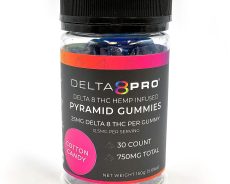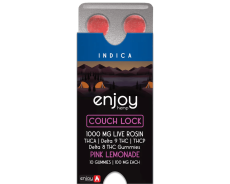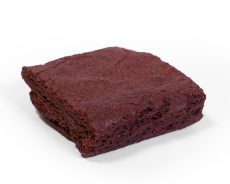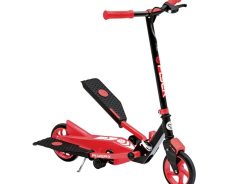Varicose veins are unattractive, swollen veins that commonly occur in the legs. For many people, varicose veins are primarily an aesthetic concern. Varicose veins, on the other hand, can be a cause of pain and discomfort for certain people. Varicose veins could potentially be a sign of an undiagnosed underlying venous problem. For people who are tired of living with painful varicose veins or just want to remove them for cosmetic reasons, there are numerous treatment methods available. These minimally invasive procedures can be completed in one office visit and produce excellent results for the majority of patients.
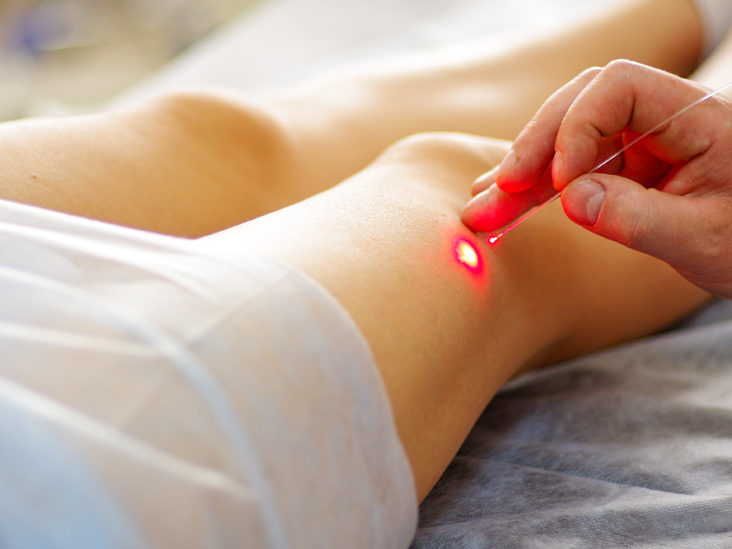
Sclerotherapy is a procedure that involves injecting a sclerosant into varicose veins in order to kill them. The sclerosant scars and collapses the vein, forcing blood to flow through healthy veins. Veins are eventually destroyed by your body and disappear over time. Sodium tetradecyl sulfate is a typical sclerosant solution. This technique is used to treat tiny varicose veins near the skin’s surface, sometimes known as “spider veins,” as well as to improve the appearance of the leg. The sclerosant is turned into foam before being injected into the vein in a method known as foam sclerotherapy. Because foam may cover a wider surface area than liquid, it is employed for bigger veins.
On the outside of your skin, a simple laser vein treatment is performed. It can be used to treat spider veins and small varicose veins that are just beneath the skin’s surface. More than one laser treatment is usually required. They are planned every 6 to 12 weeks, according to your doctor’s instructions. If the larger “feeder” vein has poor blood circulation, it must be treated first with surgery, endovenous laser or radiofrequency treatment, or sclerotherapy.
Also known as Endovenous Ablation, comprises the use of radiofrequency energy to seal off the afflicted vein. The walls of the veins are heated using radiofrequency to cure them. The vein walls collapse, close, and ultimately seal shut as a result of the heat. This therapy is less intrusive than surgical therapies like Saphenous Vein Litigation and Stripping or Varicose Vein Excision, but it’s just as effective. Larger varicose veins in the legs can be treated using endovenous laser therapy. A laser fiber is inserted into the vein through a tiny tube (catheter). While doing so, the doctor uses a duplex ultrasound screen to monitor the vein. Vein ligation and stripping are more painful, and the laser has a faster recovery time. Laser treatment requires only a local anesthetic or a little sedative.

Another minimally invasive treatment for treating varicose veins is phlebectomy. The doctor makes a small incision near the vein and uses a special hook to remove the vein via the incision. You will be awake during this outpatient surgery because it is performed with a local anesthetic. It takes anywhere from 30 to 60 minutes to complete. Some folks may require a second surgery to achieve the best outcomes. You can check more options at vein center in CLIFTON.




